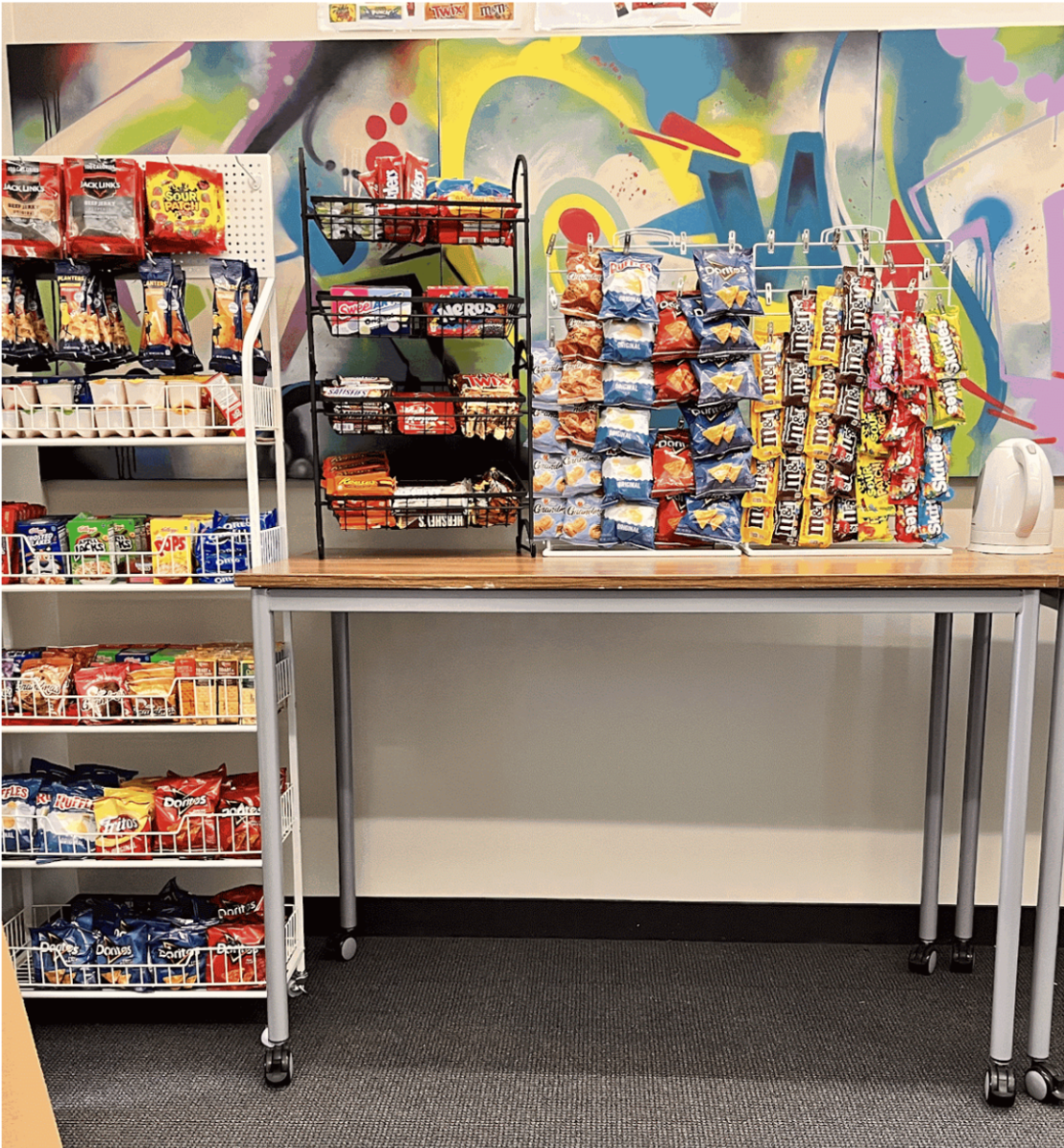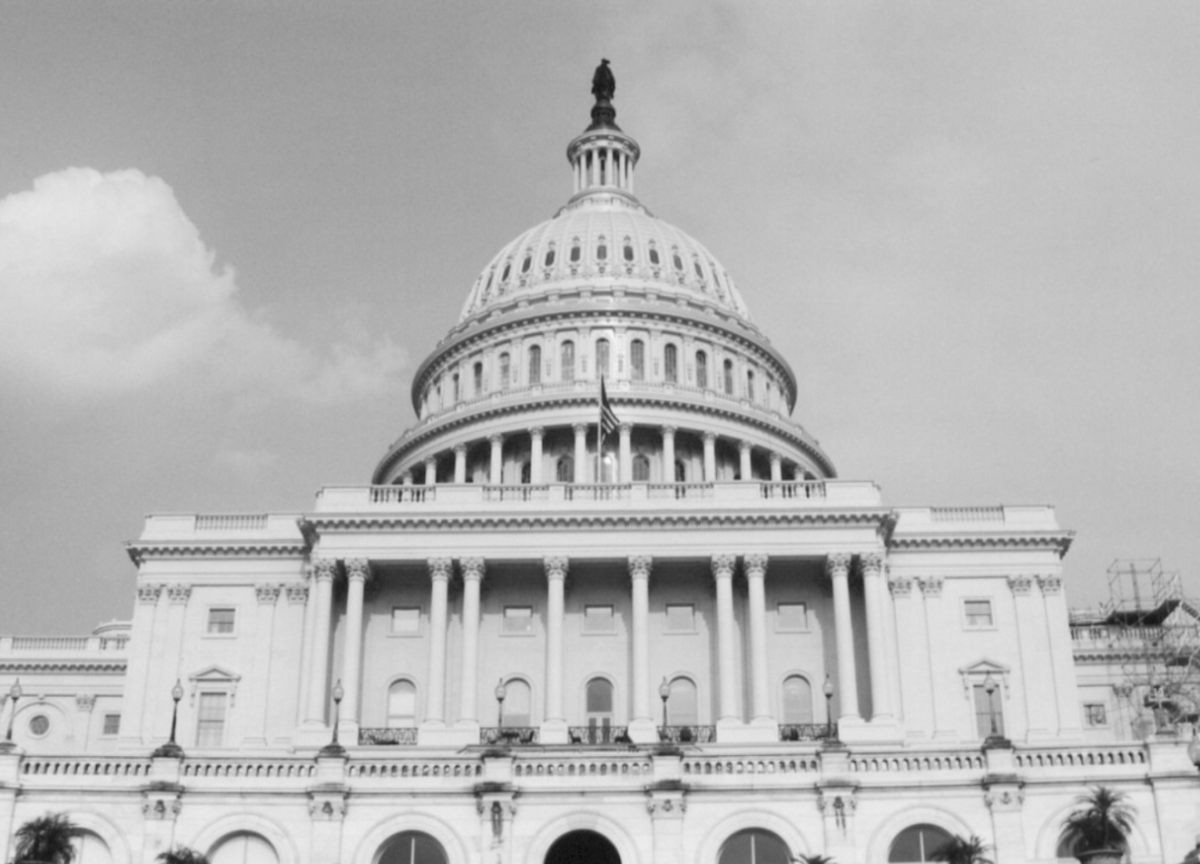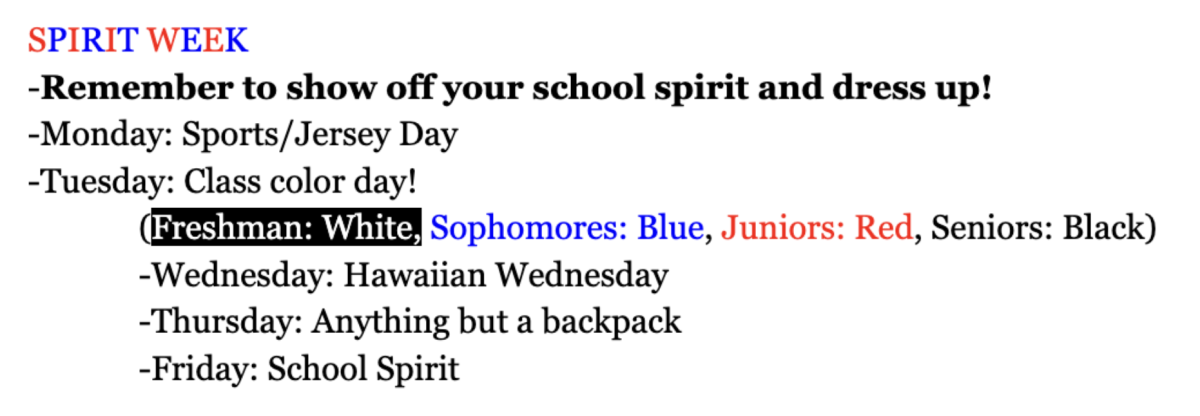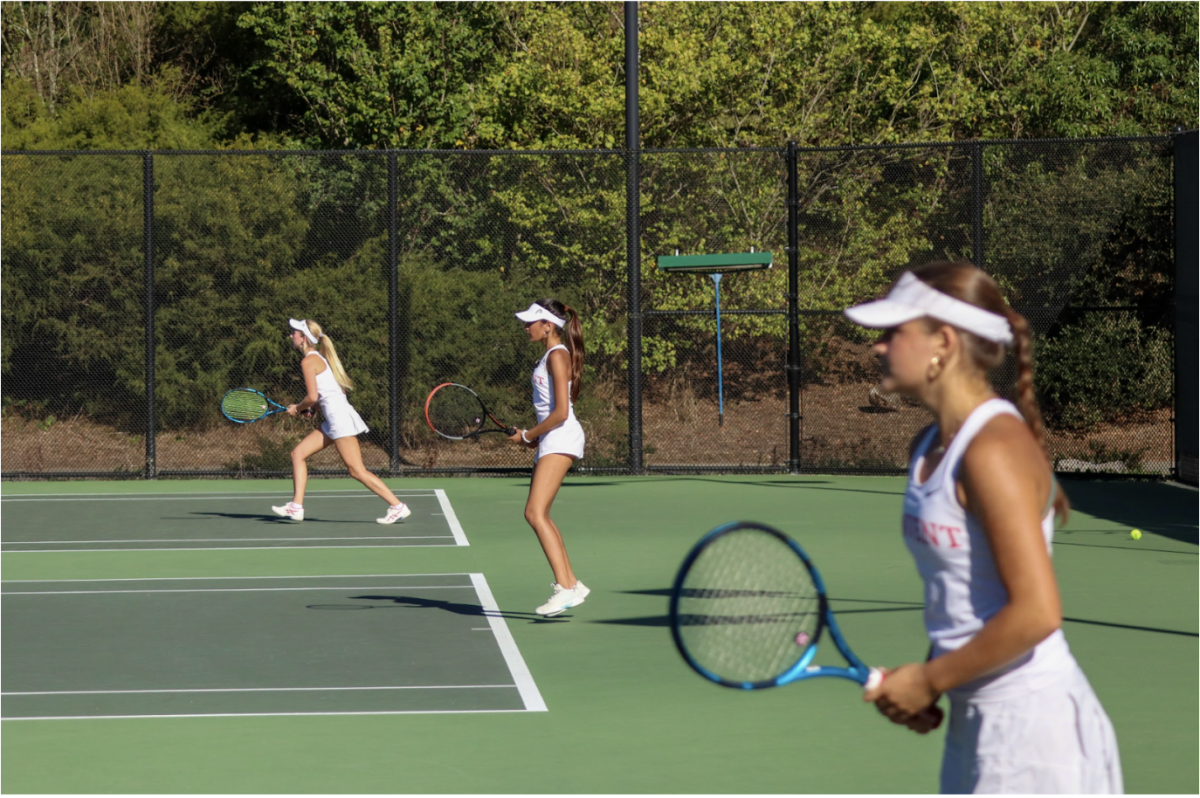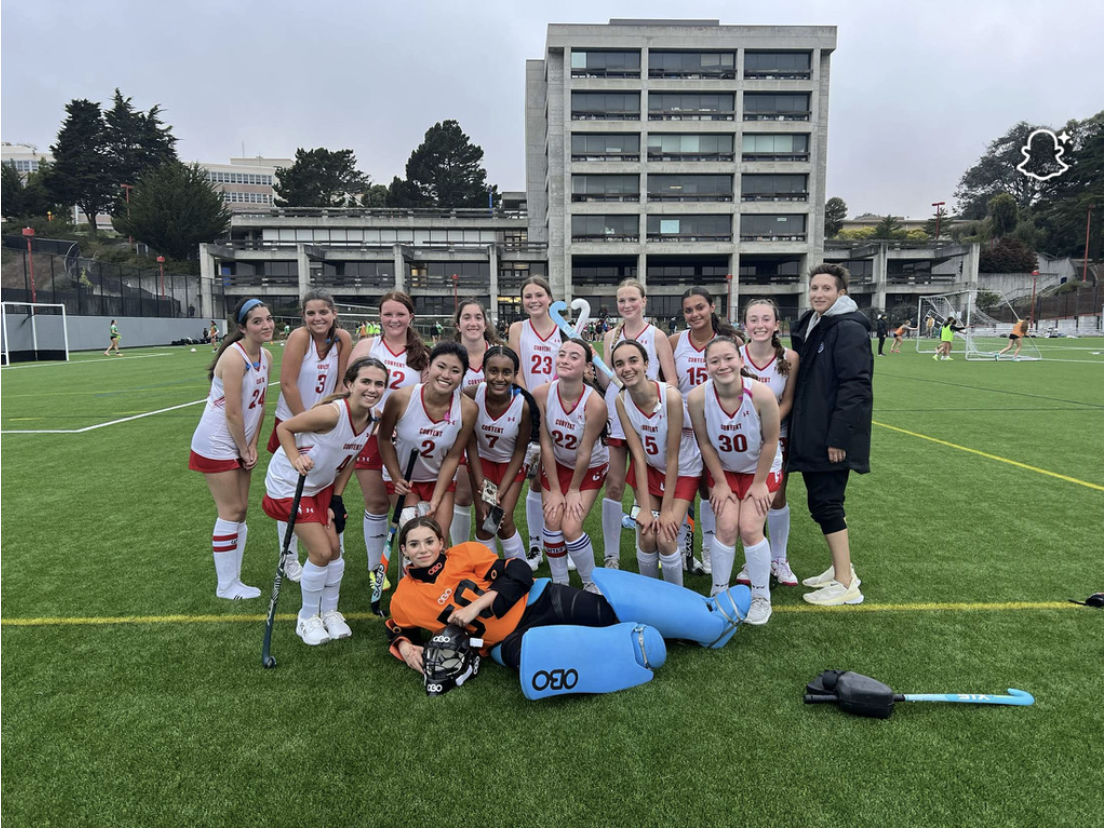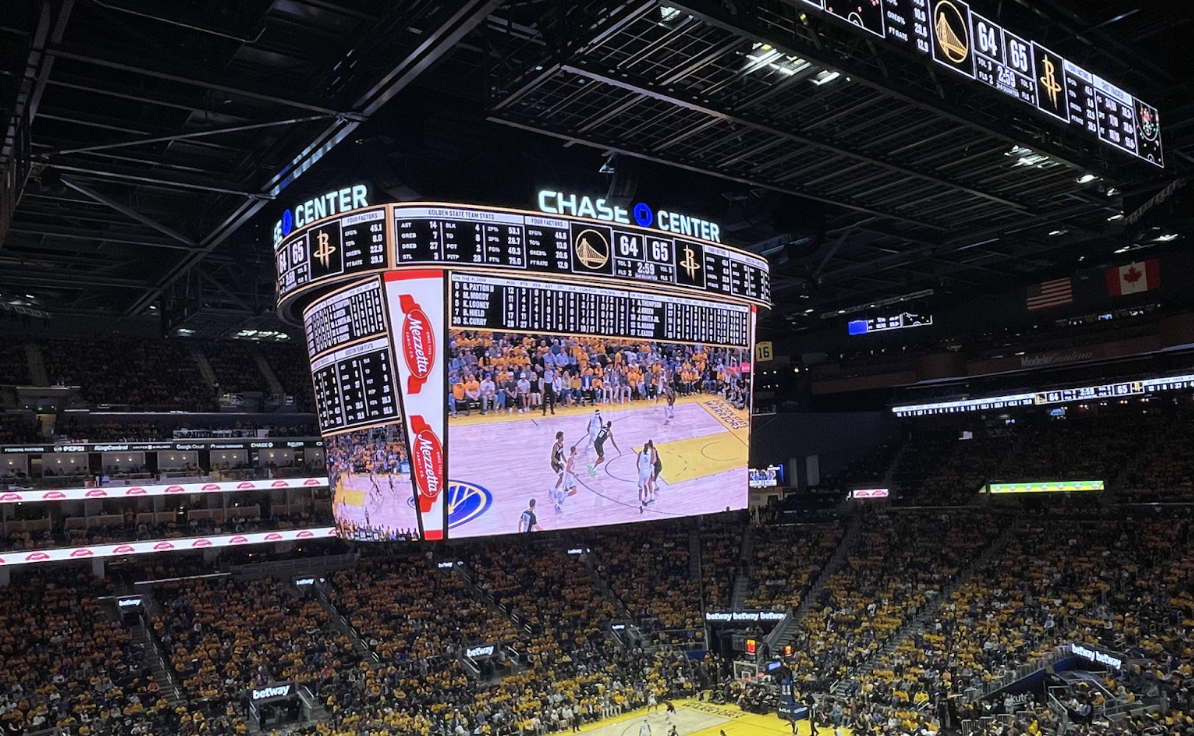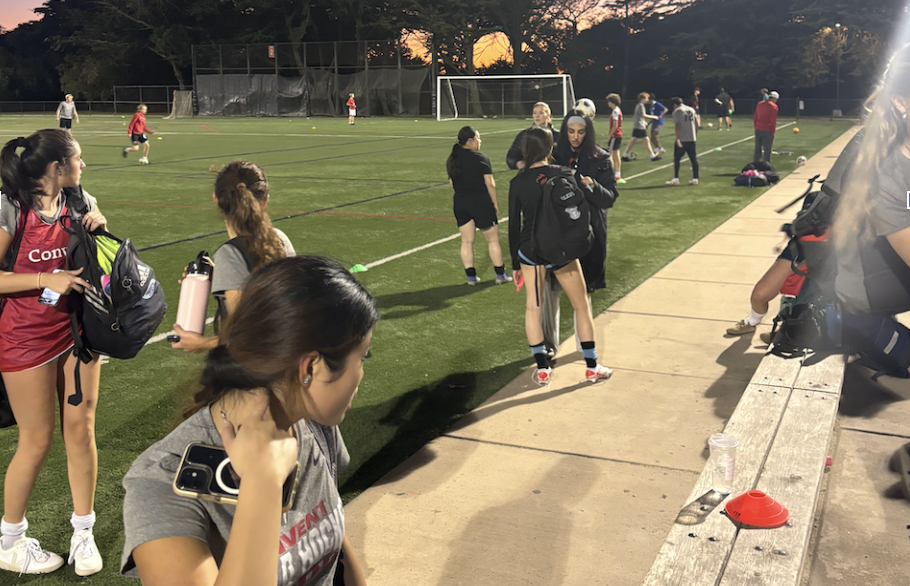Aggie Kruse
Reporter
Revised guidelines suggesting cut backs on routine mammography screening are causing concern for many women as once standard detections for the second most lethal cancer in the United States now appear ambiguous.
An article in the Journal of The American Medical Association in early November found little evidence supporting annual mammograms beginning at the age of 40. A U.S. Preventative Services Task Force follow-up study recommends routine biennial exams beginning at age 50. Both sources are concluding that breast self-examinations may be superfluous.
“Mammograms are important for a certain set of women but not all,” said Dr. Kimberly Baltzell, Assistant Adjunct Professor in physiological nursing at UCSF, “Having a mammogram is not insurance that you do not have breast cancer. The biggest problem is we don’t know exactly who is at risk. It is very much generalized.”
Baltzell, mother of sophomore Nini Maine, is a breast cancer survivor herself, and detected her cancer through breast self-exams, rather than screening.
“If it creates a dialogue about what we should be looking for in this disease, then [the changed recommendations] could create something positive,” said Baltzell, “It is an interesting wake up call for women to feel unsatisfied with the tools which are out there.”
Mammogram screening enables doctors to see tumors within the breast and can locate unknown lumps, allowing for earlier treatment to prevent spreading of invasive cancers.
Those protesting against the guidelines fear an increase of malignant cancer diagnoses
because of infrequent examinations. Monthly self-checking exams, once essential for early detection, may now be considered optional.
Joanne Oppenheimer, CES and SHB computer teacher, endured chemotherapy and recovered from breast cancer after a routine mammogram detected a tumor five years ago.
“If I had skipped that one [exam],” said Oppenheimer, “that would have been very bad.”
Breast cancer is one of the most common non-skin malignancies among women in the United States, second only to lung cancer in causing the highest number of cancer-related deaths. The risk for developing breast cancer increases starting in the fourth decade of life. Cases rarely occur in young adults, but those that do are incredibly virulent.
Few trustworthy preventative actions for breast cancer exist, yet self-checking exams, even with the recent recommendations, offer some benefits.
“I am a believer [in self-checking] because they keep women in touch with their bodies, despite the uncertain effectiveness,” said Baltzell.
Oppenheimer said she could not feel her tumor when first diagnosed but then detected the lump with practice.
“Self-checking is like learning how to write, you have to train yourself to know your body. Just because you don’t see [a tumor], keep feeling.”
Meanwhile, the medical community is continuing to reassess the new guidelines.
“We need to move it [cancer technology] all forward and stop [cancer] ahead of time rather than looking down the line when it is actually diagnosed,” said Baltzell, speaking of her goals for the future.
“For now, I think the best thing women can do is really talk to their primary care provider about what their risk looks like,” said Baltzell, “They should try to find out what their personal risk is and be guided by that. Women should be involved in whatever sort of activist event appeals to them to keep this issue of how we test and who we test at the forefront.”




